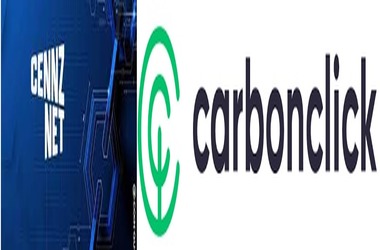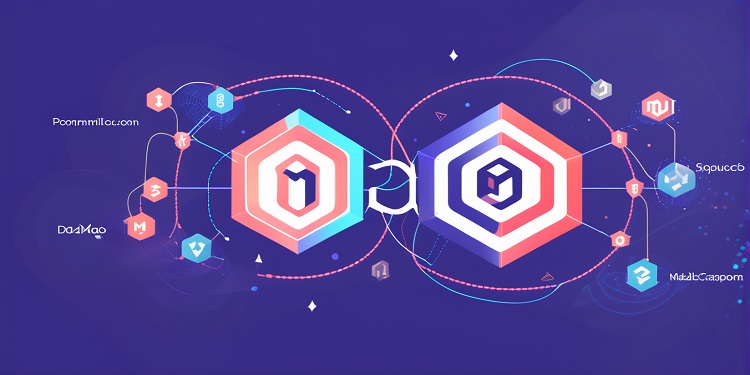 CENNZnet and CarbonClick have launched a tool that allows users to buy verified carbon credits on the blockchain. These carbon credits can then be sequestered or sold. CENNZnet is a New Zealand based public blockchain and Decentralised Application platform that puts great user experience first.
CENNZnet and CarbonClick have launched a tool that allows users to buy verified carbon credits on the blockchain. These carbon credits can then be sequestered or sold. CENNZnet is a New Zealand based public blockchain and Decentralised Application platform that puts great user experience first.
CarbonClick has moved its key functionality onto the CENNZnet blockchain. In the final piece of the puzzle, $5,000 worth of certified CO2 credits have today been minted onto CENNZnet. These verified CarbonClick carbon credits can now be bought and either sequestered or sold on-chain.
CENNZnet is Centrality’s public blockchain and Decentralised Application (dApp) platform. It is using the tool to go beyond carbon neutral, to carbon negative, monitoring CENNZnet’s carbon status in real time. Nicole Upchurch, CEO of CENNZnet, says that saving the world takes everyone, including blockchains.
“The impact of blockchains and more specifically NFTs on the environment is an issue we all need to address. Climate change is a complex problem that will require innovative people and technologies to solve. We need to look at solutions to address consumption, to be more energy efficient and to find a way to slow escalating global temperature while we find these solutions. With CENNZnet we have focused on developing carbon friendly technology first and foremost. Our blockchain tech uses energy efficient proof of stake consensus which consumes a similar carbon footprint to Twitter and much less than gaming applications, YouTube or Bitcoin,” she says.
“We have purchased enough verifiable on-chain carbon credits to offset CENNZnet’s historical and predicted future impact. Even better, every time our network is used we will purchase and sequester more carbon so our chain will become more carbon negative the more it’s used,” says Nicole.
Digital technology can reduce energy use by allowing more digital interactions rather than physical ones. It can allow the consumption of light weight digital goods over heavy carbon footprint physical ones.
“We want to go one step further which is why we added offsetting to the mix,” Nicole says. “This means even the small impacts we make are offset. Having carbon credits on chain will allow other developers to add offsetting to their own climate action plans,” she adds.
CarbonClick has created a fully decentralised structure where carbon credits can be minted, trusted by the community and then bought, sold or sequestered. To do this it created and tokenised a generic asset.
To link carbon credits to real carbon, CarbonClick has minted NFTs onto the chain. These NFTs represent each of the carbon sequestering projects it works with and the amount of carbon these projects are responsible for sequestering. Community members can verify the number of credits against those represented by the NFTs, providing an easy way for users to see where and how the carbon that is represented is being captured.
Users purchase carbon credit tokens on the chain and store them in their wallet. These tokens can then be sold on or sequestered (taken out of the system) by sending purchased carbon credits to the Sequester Wallet. This is a wallet on the chain which no one has access to, meaning all tokens in this wallet are essentially outside the system and can never be used again.








